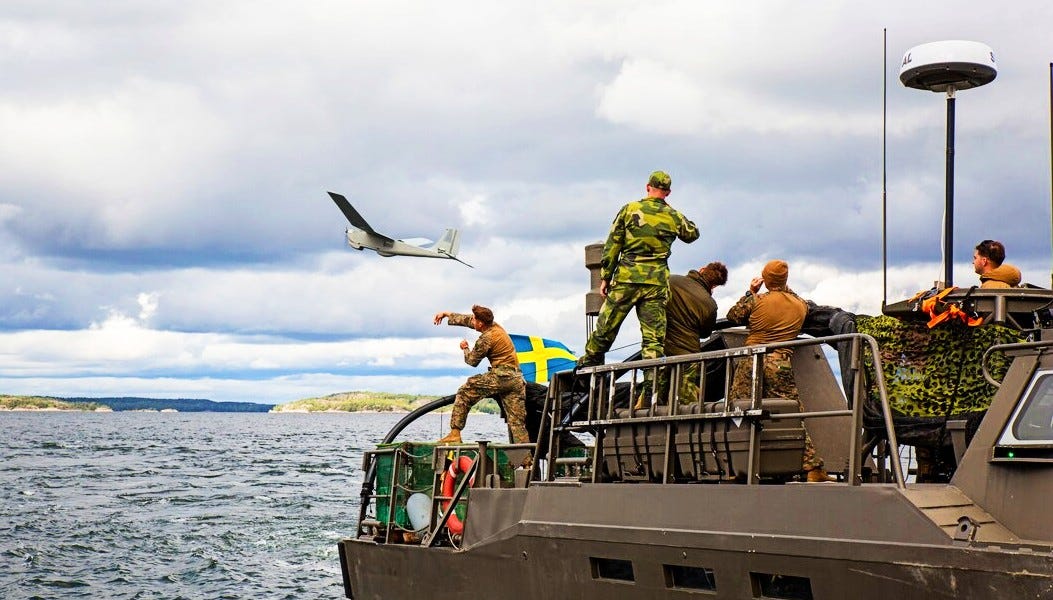All,
I want to figure out a couple of things for my Sailboat. I have had her for two years and generally like the setup, but being winter obviously thinking of upgrades and projects. She is a 2004 Hunter 36.
We have the B&G Charter Plotter which has a NMEA connection to our wind instruments. Our autopilot (EV-100 Raymarine), pinwheel speed (Which rarely works) and depth transducer. (Both are older raymarine with raymarine displays. They are not hooked into the NMEA backbone.
My upgrades that I want are for the charter plotter, auto pilot, transducer and speed to all talk, add in send/receive AIS (Also would love to have a remote working for the auto-pilot.).
Figuring out how to start and not waste money is where I am stuck. How have you all attacked something like this or am I shooting too high?
I want to figure out a couple of things for my Sailboat. I have had her for two years and generally like the setup, but being winter obviously thinking of upgrades and projects. She is a 2004 Hunter 36.
We have the B&G Charter Plotter which has a NMEA connection to our wind instruments. Our autopilot (EV-100 Raymarine), pinwheel speed (Which rarely works) and depth transducer. (Both are older raymarine with raymarine displays. They are not hooked into the NMEA backbone.
My upgrades that I want are for the charter plotter, auto pilot, transducer and speed to all talk, add in send/receive AIS (Also would love to have a remote working for the auto-pilot.).
Figuring out how to start and not waste money is where I am stuck. How have you all attacked something like this or am I shooting too high?



 I ended up just buying another B&G transducer ($$$$$) so I could get it in as I needed it immediately and I never followed up to get a warranty replacement.
I ended up just buying another B&G transducer ($$$$$) so I could get it in as I needed it immediately and I never followed up to get a warranty replacement.